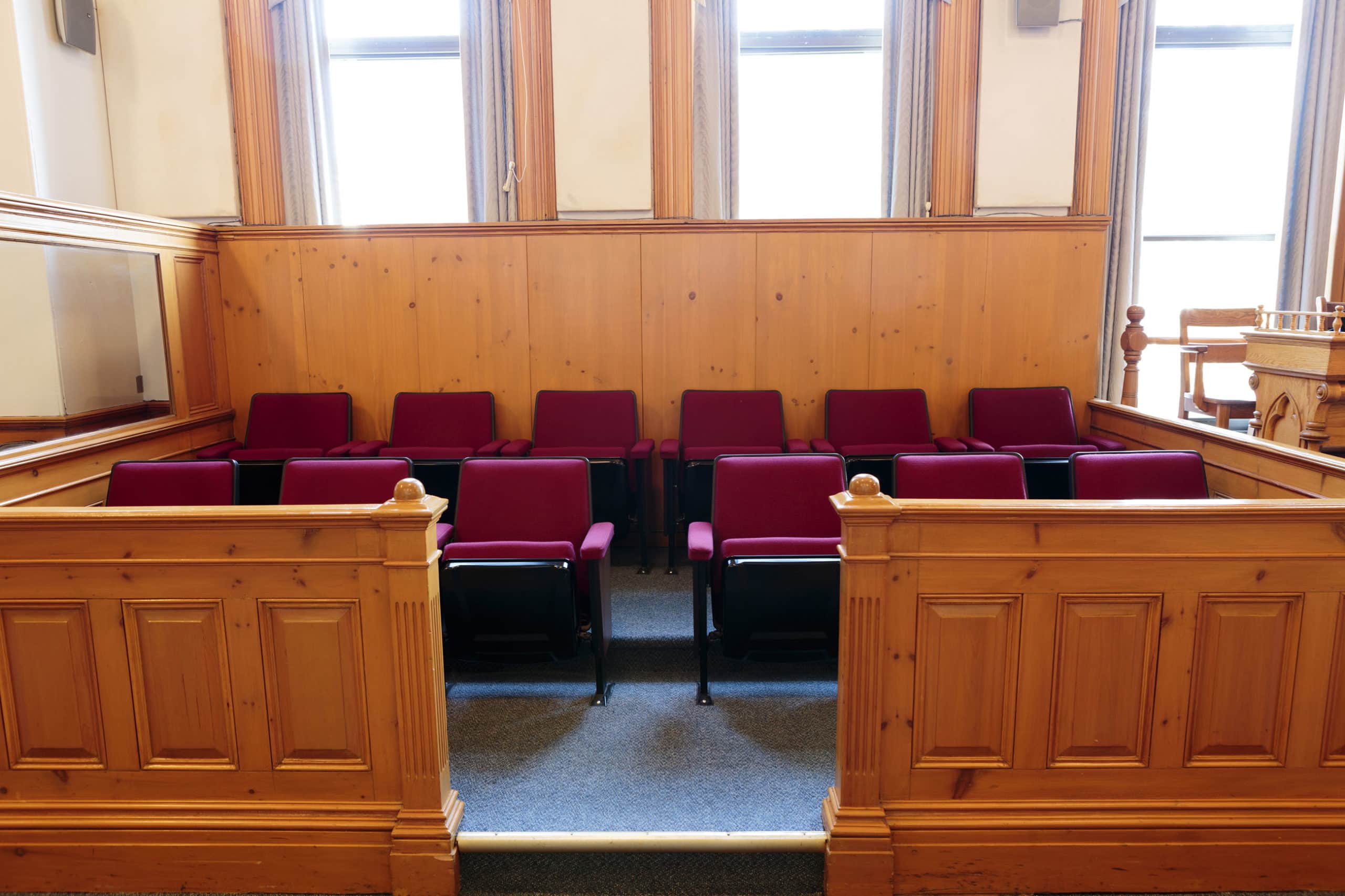Jurors should be paid more, a Judicial Council workgroup said in a March report.
Although it did not list an exact amount for jurors to be paid, the Ad Hoc Workgroup on Post-Pandemic Initiatives described the $15 per day that jurors have received since 2000 as an insult that should have been corrected decades ago.
The workgroup also suggested courts should virtually screen and select juries, and stagger juror reporting times to reduce jury duty’s disruptions on people’s daily lives.
Juror pay has not kept up with inflation, and has only changed once since 1957, the workgroup said.
“This contributes to longstanding perceptions of parties to cases that existing jury venires are unrepresentative of their communities,” the report said.
Jurors were paid $5 per day, or $50 in today’s money, to serve on juries in 1957. The value of juror pay slowly fell to $9 per day, in today’s money, in the mid-’90s, causing the Judicial Council to lobby for increases.
In 1996, the Blue Ribbon Commission on Jury System Improvement recommended juror pay be increased to $73 in today’s money for the first 30 days, $91 after the first 30 days, and 50 cents for each mile traveled to and from the court.
Three consecutive attempts to increase pay to the $70 recommendation through the legislature failed.
In 2000, through a trailer bill following the budget act, the legislature increased the pay to today’s rate of $15, which was worth $25 in today’s money, and eliminated first-day juror pay.
In 2002, the legislature removed first-day mileage pay, and increased the reimbursement rate from 24 cents to 54 cents, in today’s money.
Federal jurors are paid $40 per day, the report said.
Virtual processes and staggering appearance times
The report also argued that courts should implement virtual jury selection platforms, expand the use of online juror questionnaires and hardship forms and stagger juror appearance times.
San Bernardino Superior Court was mentioned as a court that incorporated virtual elements into their jury selection infrastructure, but the report detailed San Diego Superior Court’s recently developed eJuror Selection Platform Dashboard.
eJuror works with the court’s case management system, tracks peremptory challenges, allows judges and attorneys to communicate on sidebars and create private or shareable notes and includes a module for virtually conducting voir dire.
The workgroup reported concerns they’ve heard regarding virtual processes.
Inadequate internet bandwidth, affordability of required technology and jurors’ understanding of remote technology can be barriers to remote access, but courts can maintain in-person options, the report said.
Virtual jury selection also removes the ability to see juror body-language and other tells of prospective jurors that may negatively impact jury selection, some presenters told the working group.
Conducting online questionnaires to determine juror eligibility reduces overcrowding and would lower administrative costs, the report said.
Staggering juror appearance times would reduce wait times, reduce the impact of juror service on people’s schedules and lower barriers for participation in jury services, the report said.
Read the report here.








